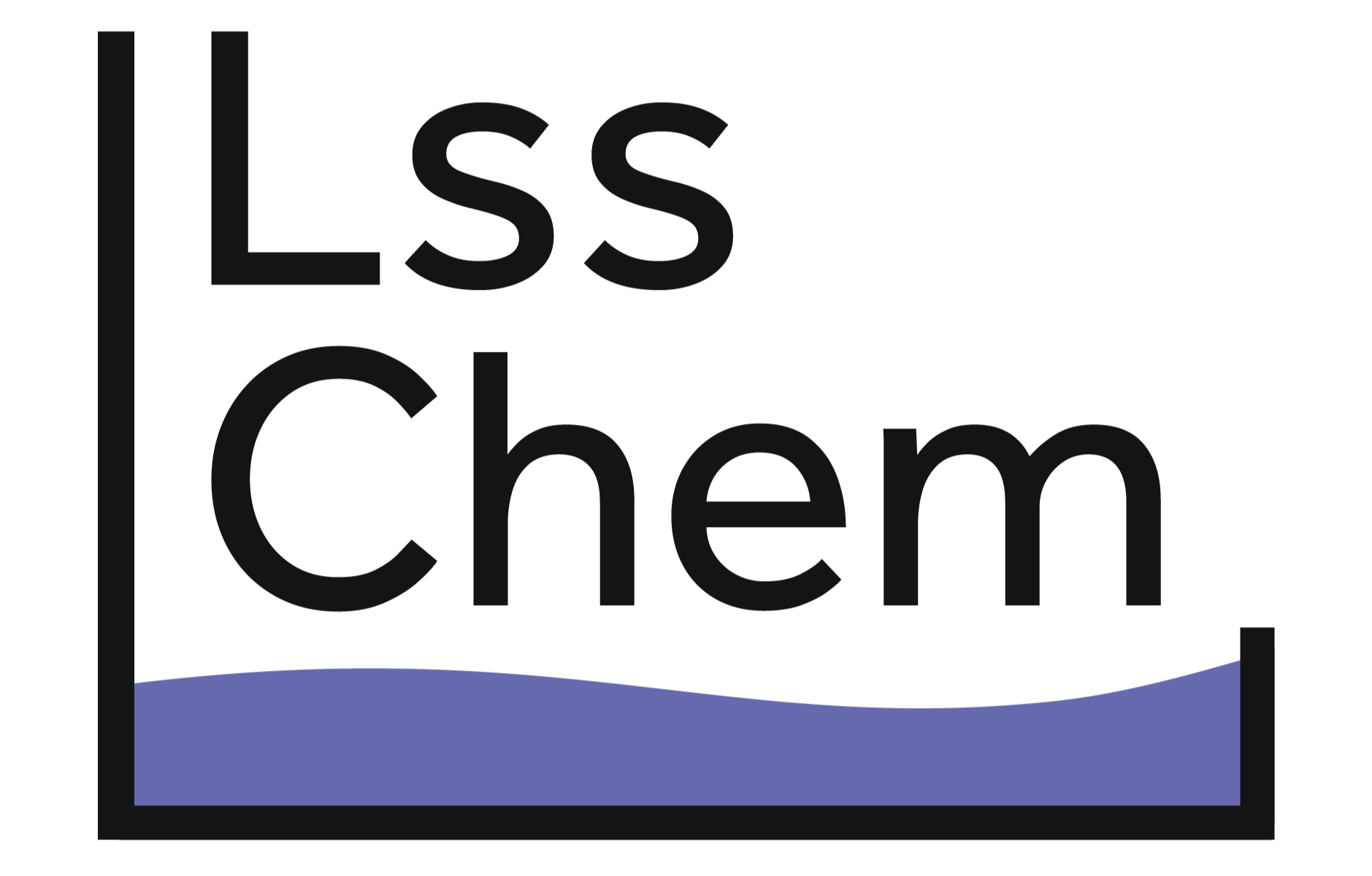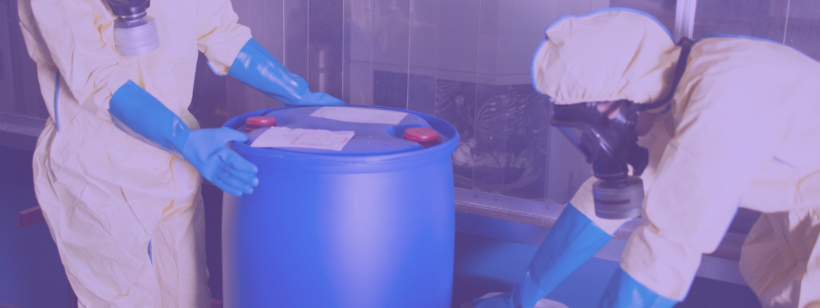Every company uses some kind of chemical(s) in their daily operations. Whether it’s a cleaning solution or bulk industrial-grade chemicals, it’s important that the handlers of any type of potentially hazardous substance follow proper disposal methods. To learn more about what chemical waste is and how to properly dispose of chemical substances, read on.
What Is Chemical Waste?
Chemical waste is any kind of material (solid, liquid or gas) that can pose severe hazards to human health and the environment if disposed of improperly. This waste is generally made from the use or production of harmful chemicals in large factories.
Chemical materials can also be considered hazardous waste. In order to be considered “hazardous,” the product must have certain characteristics that are deemed hazardous or must be listed, by name, on a hazardous substance list. Hazardous characteristics include the following:
- Ignitability = The ability of the chemical to catch fire
- Corrosivity = The ability of the chemical to degrade substances
- Reactivity = The ability of the chemical to interact with other chemicals or substances
- Toxicity = How harmful the substance/chemical is to humans
How to Handle Chemical Waste
All chemical products and waste are regulated by the United States Environmental Protection Agency (EPA). The EPA has stated that chemicals cannot be disposed of like normal trash; you cannot put it in the trash, nor down the drain of a sink. These chemicals must go into properly labeled containers and disposed of properly. The Environmental Health and Safety Department is responsible for the disposal of these chemicals.
To have hazardous or chemical wastes properly and safely removed, the following steps and precautions must be taken:
- Proper Storage = Substances must be stored in an appropriate container, one that is plastic and not glass.
- Proper Organization = The chemicals must be split up by compatibility and not alphabetically, or in any other manner.
- Proper Labeling = Containers must be properly labeled. This includes:
- the full name of the chemical(s) using no abbreviations
- the amount of waste
- the date the waste was produced
- the place/origin in which the waste was produced
- the name and the phone number of who is responsible for the use and disposal of the chemical
- the bottle number associated with the chemical
- and a tag labeling it as chemical or hazardous waste
- Proper Forms = A Hazardous Waste Information Form must be filled out with the information asked on the sheet. This sheet then must be sent to the Environmental Health and Safety (EHS) office.
If all of these steps are taken, then the disposal of the chemical will be safely handled by the EHS.
Looking to Buy Industrial-Grade Chemicals?
LSS Chemicals provides companies with green chemicals that require little to no cleanup. Want to learn more about how our products can help your company? Contact one of our knowledgeable team members today, simply click here!


